Why do pumpkin leaves start to turn yellow in the open field and what to do?
Pumpkin is considered one of the most useful vegetables that summer residents grow on their personal plot, but it is not always possible to grow a good harvest. Why do pumpkin leaves turn yellow and how to cope with this problem? In general, pumpkin is an unpretentious agricultural crop, which is rich in vitamins and microelements useful for the human body.
Why can pumpkin leaves turn yellow?
Yellow leaves on a pumpkin do not always indicate that a disease has appeared on the culture. In some cases, this indicates that the plant is not properly cared for or lacks nutrients.
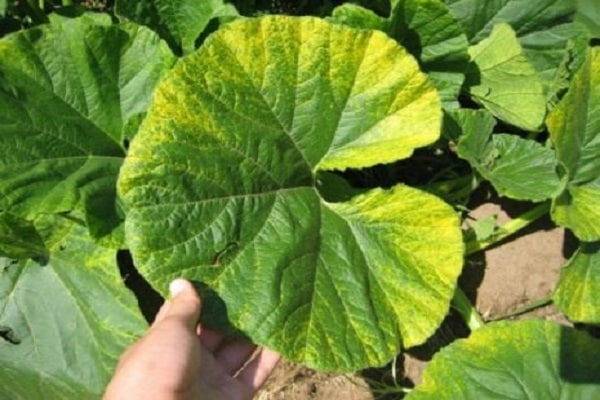
The leaves begin to turn yellow if the heat gives way to a sharp cold snap. For plants, such a sharp temperature drop is stressful. Prolonged heat or prolonged cold snap also causes foliage to dry out. At low temperatures, the leaves freeze and turn yellow from this. During a drought, the foliage on the pumpkin begins to dry out from the burns caused by bright sunlight. Bushes get burns with improper watering.
When the foliage turns yellow, it indicates that the pumpkin is lacking in micronutrients. Primarily nitrogen, magnesium, potassium or other substances. You can minimize the damage if you take the time to care for the pumpkin.
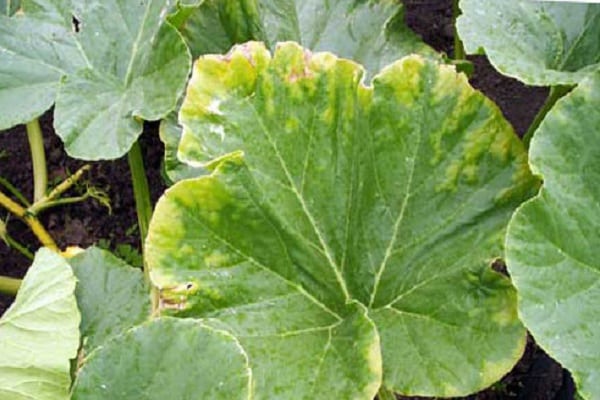
Pests and diseases of pumpkin
If the leaves of the pumpkin have turned yellow and dried, then the reasons for such negative changes are in the appearance of pests and diseases on the bushes. To avoid these problems, the pumpkin should be regularly inspected for damage. It is much easier to prevent diseases and the appearance of harmful insects than to treat the affected bushes. The appearance of diseases is easy to get ahead of some external signs that immediately catch the eye.
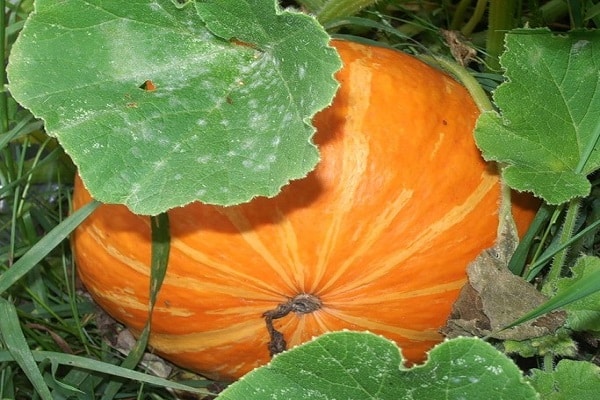
- Root rot (the disease occurs if the weather is unfavorable for growing pumpkin for a long time. Also, soil improperly prepared for planting seeds contributes to root rot. Thinning of the stem is considered a characteristic feature. Then the leaves begin to dry. In the advanced stage, it is impossible to save the plant).
- Powdery mildew (when growing crops in the open field, powdery mildew often affects the pumpkin. The first sign of damage is a white bloom that appears on the foliage. Under bloom, you can notice that the leaves turn yellow. The cause of powdery mildew is temperature changes).
- Chlorosis (the main signs of chlorosis are yellowing of the pumpkin leaves and their uncharacteristic thickening. Disease arises from a lack of nutrients in the soil, especially sulfur and potassium).
- Anthracnose (symptoms of the disease are yellowing of leaves and their falling off.The bush begins to die after the disease reaches the base of the stem near the root. The cause is frequent precipitation during the growing season and fruiting.).
- Spider mite (it is difficult to recognize the beginning of the appearance of a spider mite on the bushes due to its small size and the absence of signs of damage in the initial stages. After a while, the leaves become speckled and gradually dry out).
- Melon aphid (aphid forms its colonies on the lower stems and leaves of a pumpkin. The pest mainly affects shoots and inflorescences. The first sign of aphid appearance is a sharp fall of inflorescences and twisting of leaves into a pipe).
- Sprout fly (the larvae of this insect get into the stem and feed on their pulp. The larvae prevent the normal development of the root system, which is why the plants in the garden quickly die).
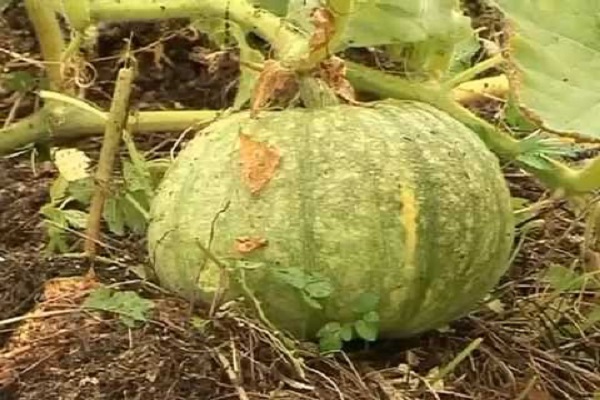
Proper care and timely application of mineral and organic fertilizers will prevent the appearance of these diseases on the pumpkin.
What if the leaves turn yellow?
In order for the bushes to stop drying out, you need to take a number of measures. It is also important to choose the right time to plant seeds in the soil to reduce the risk of disease.
Favorable weather conditions for landing:
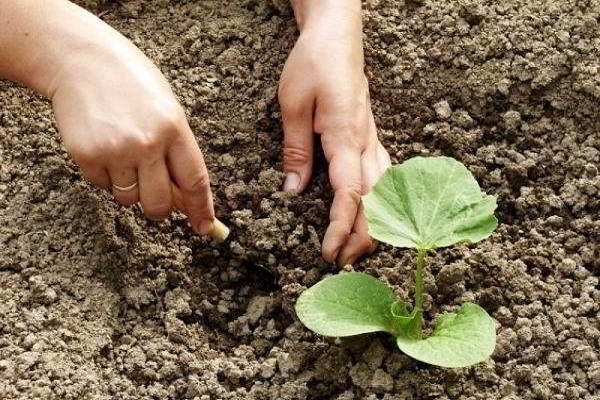
- Sunny weather without long-lasting rains.
- The soil should not be waterlogged.
- Before planting planting material in the soil, all weeds must be removed from the site.
Cold and rainy weather leads to the development of fungal diseases in the area with the pumpkin. And the presence of weeds in the beds contributes to the appearance of harmful insects.
The beginning of the planting season begins after warm weather is established, and the threat of night frosts has long passed. In order to prevent the appearance of yellowed leaves on the pumpkin, do not overflow the beds. If the soil dries out poorly, the amount of watering is reduced.
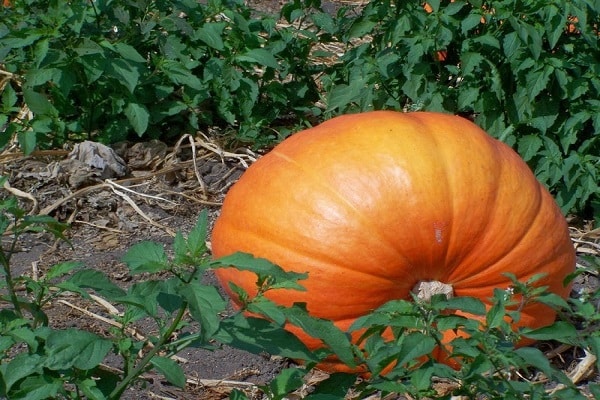
To prevent the appearance of insects, you need to choose pumpkin varieties that indicate that the variety is immune to them. In addition, to prevent insects, the soil is dug up and fertilized several times before harvesting.
To prevent the appearance of insects, it is important to adhere to the following growing rules:
- Observance of crop rotation (every year the planting site of the culture must be changed, it is possible to plant a pumpkin in the old place no earlier than 2 years later).
- After harvesting, there should be no plants or debris left on the site, especially if they are sick.
- Spray the bushes with special disinfectants.
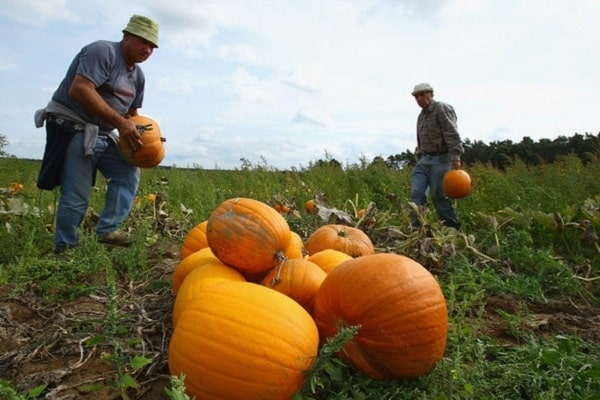
Applying herbicides if the pumpkin dries is not always effective.
What to do to get rid of spider mites:
- Infusion of garlic and onion peels helps to quickly get rid of spider mites and damage from it. Pour 250 g of dried husk with boiling water (1 liter). Insist 5-6 hours. Before watering the beds, dilute the infusion with warm water. Spray the bushes with the resulting infusion. The optimal time for spraying is in the evening after sunset. This will prevent the leaves from getting burned.

To remove melon aphids:
- In order to get rid of melon aphids in the beds, you need to use wood ash. Dissolve 250 g of wood ash in 10 liters of warm water. Then add 75 g of soap shavings or liquid soap. Spray the beds in the evening after sunset. If it started raining soon after spraying, then after a while the treatment is repeated. Spraying continues until signs of leaf damage are eliminated.
Get rid of slugs on the site by loosening the soil around the beds. Dusting the bushes with ash, tobacco dust or ground pepper will be an effective way. The same recipes help with diseases of melons and gourds.
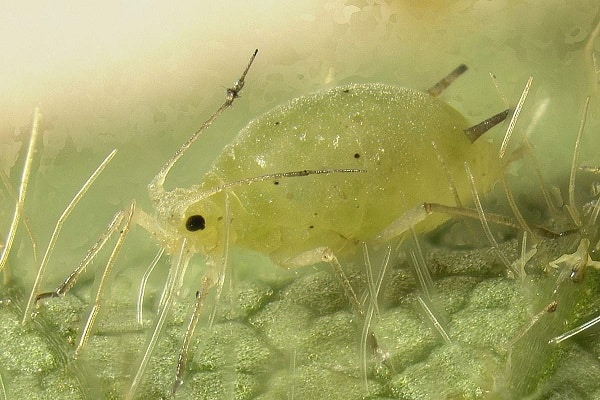
When the pumpkin is severely affected, folk methods may not help and then you have to resort to herbicides. But remember to use chemicals with care. And do not use the culture for food for several weeks.

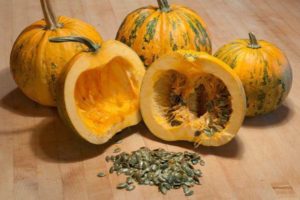

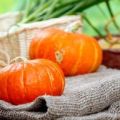



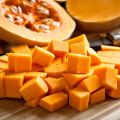

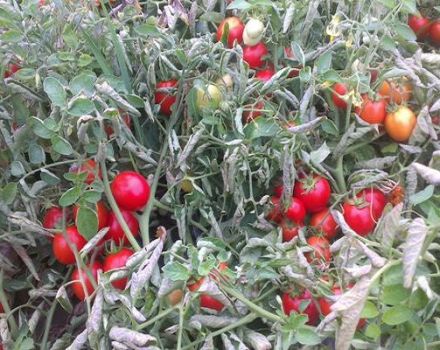

I have often encountered this when the summer was very hot. We had to build a small shed for vegetables to protect them from the strong sun. I also introduced a bioactivator into the soil “BioGrow».